A drive through China–Lanka
While China pours money into Sri Lanka, India chooses to keep mum
‘Are you tourists?’ the tuk-tuk driver asked us. We were walking northwards on Colombo’s oceanside boulevard, Marine Drive, looking at red mechanical cranes in the harbour on our left and a skyscraper under construction on our right. The whole scene was not unlike Mumbai, a seaside metropolitan town in India, which, like Colombo, is on the country’s east coast, has a seaside boulevard called ‘Marine Drive’, has a bustling harbour, and is lined by skyscrapers. A tourist walking in Mumbai, like us in Colombo, would probably also find a rickshaw driver who stops to ask if they need help getting around town. Given this striking similarity and the common history, culture and ideologies the two countries share it might seem like Indians visiting Sri Lanka can easily forget they are in a different country. Yet around every street corner lies a constant reminder that someone else is in town: the Chinese.
After an hour’s walk a drive around town in a tuk-tuk seemed like a good idea so we got in. Our driver had a keen sense of the goings on around town and a perspective of the political landscape only a local could have. And he, like so many others, despised the unmissable Chinese influence in his town. ‘That harbour is half Chinese’, said our driver. It was his way of pointing out that most of the harbour, including its famous breakwater stretching over half-a-kilometre into the ocean, was built by the Chinese company China Merchants Holdings (International) Co., Ltd. But this harbour is only one among several examples of how China has wormed its way into the Sri Lankan economy on various levels. ‘That building’, continued our driver, pointing to the half-built skyscraper, ‘is going to be the Shangri-La’. The China-based Shangri-La Asia increased its investments in Sri Lanka recently as they began their $800 million project to construct the 500 room hotel, with 40 serviced flats, on economically promising real estate by the Colombo port. Like Hong Kong was leased from China by what Mr Xi calls ‘the meddling West’, this piece of real estate too has been leased to China for 99 years.
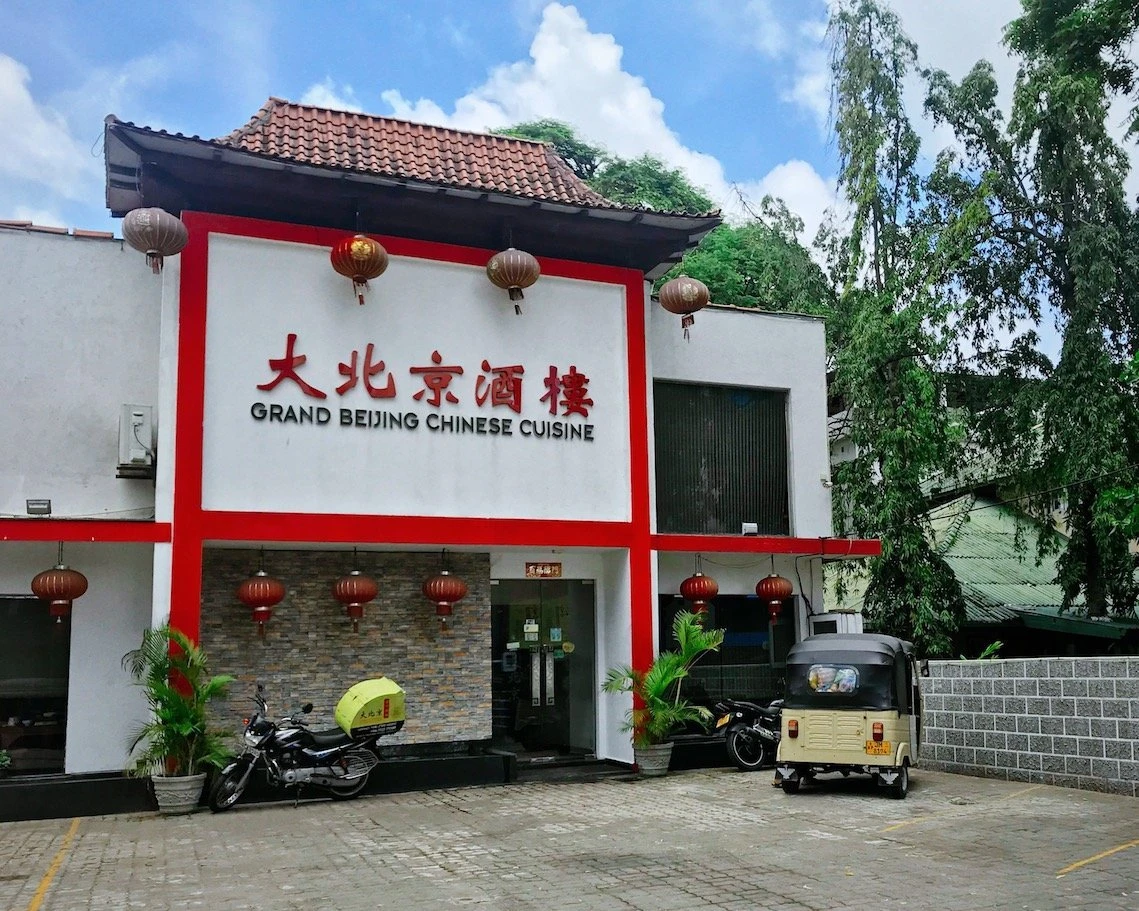
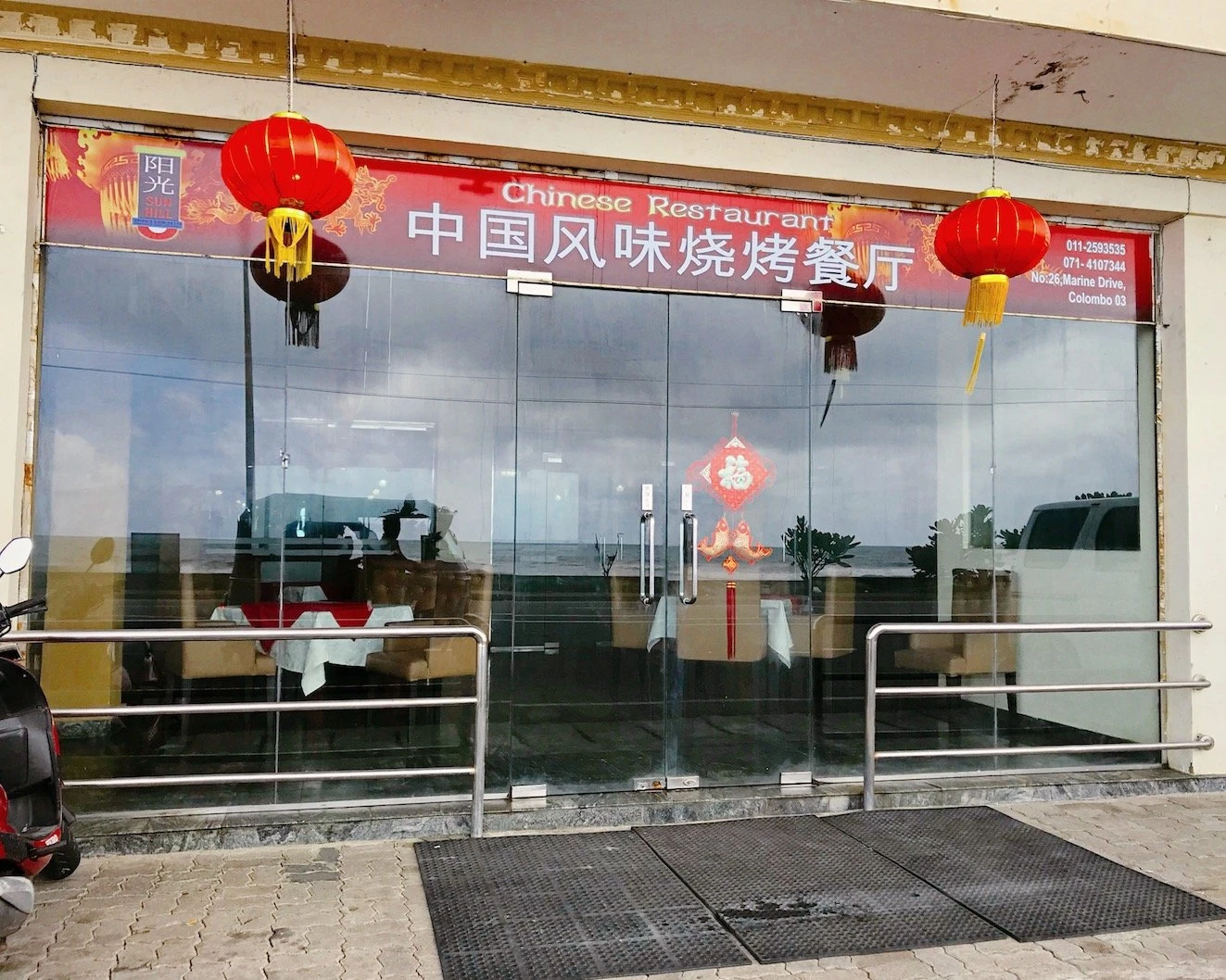
As we drove around town we noticed there was hardly a road that did not house a Chinese business. There are spas to restaurants to supermarkets, all built as though they existed in China, with name boards only in Chinese, selling only Chinese products, and with restaurants carrying menus selling Chinese dishes made of pork, beef and duck – dishes most locals have not the faintest idea about. But that is exactly the point: these Chinese businesses were never set up to cater to the locals; they were set up to make Sri Lanka feel like home to the Chinese people being flown into the country to work on projects funded, built and maintained by the Chinese. ‘And they don’t speak a word of English’, our driver said. There are even casinos here that several Chinese frequent – after all they cannot find many casinos back home.
Local discomfort with Chinese presence in the country, which was only dormant until recently, has grown visible over the last few years despite the new government of President Maithripala Sirisena coming to power over two years ago on promises to curb Chinese dominance over the country. What Mr Sirisena and his people learnt was that isolating a debt-ridden country from China was easier said than done. According to the American Enterprise Institute Chinese investment in Sri Lanka since 2005 is nearly $15 billion; half of that was made during the last three years. Mr Sirisena’s own government signed a $1.1 billion deal earlier this year giving up most of the strategic Indian Ocean port of Hambantota to the Chinese for 99 years. Also at Hambantota is the Shangri-La company with a sprawling 145 acres of prime beachfront real estate and 300 rooms, possibly awaiting more Chinese guests.
Our driver stops and points to the pavement on our left: two Chinese construction workers in blue overalls walk past us. China prefers to import its own workers. This does the local economy no good, but several Sri Lankans think they know why: the locals work fewer hours a day than their Chinese counterparts flown into the island nation. The Chinese supposedly work from seven in the morning to nine at night; this is a tough schedule in a country where most offices run from nine in the morning till three in the afternoon. Most locals are either unable or reluctant to work any longer in the unforgiving heat.
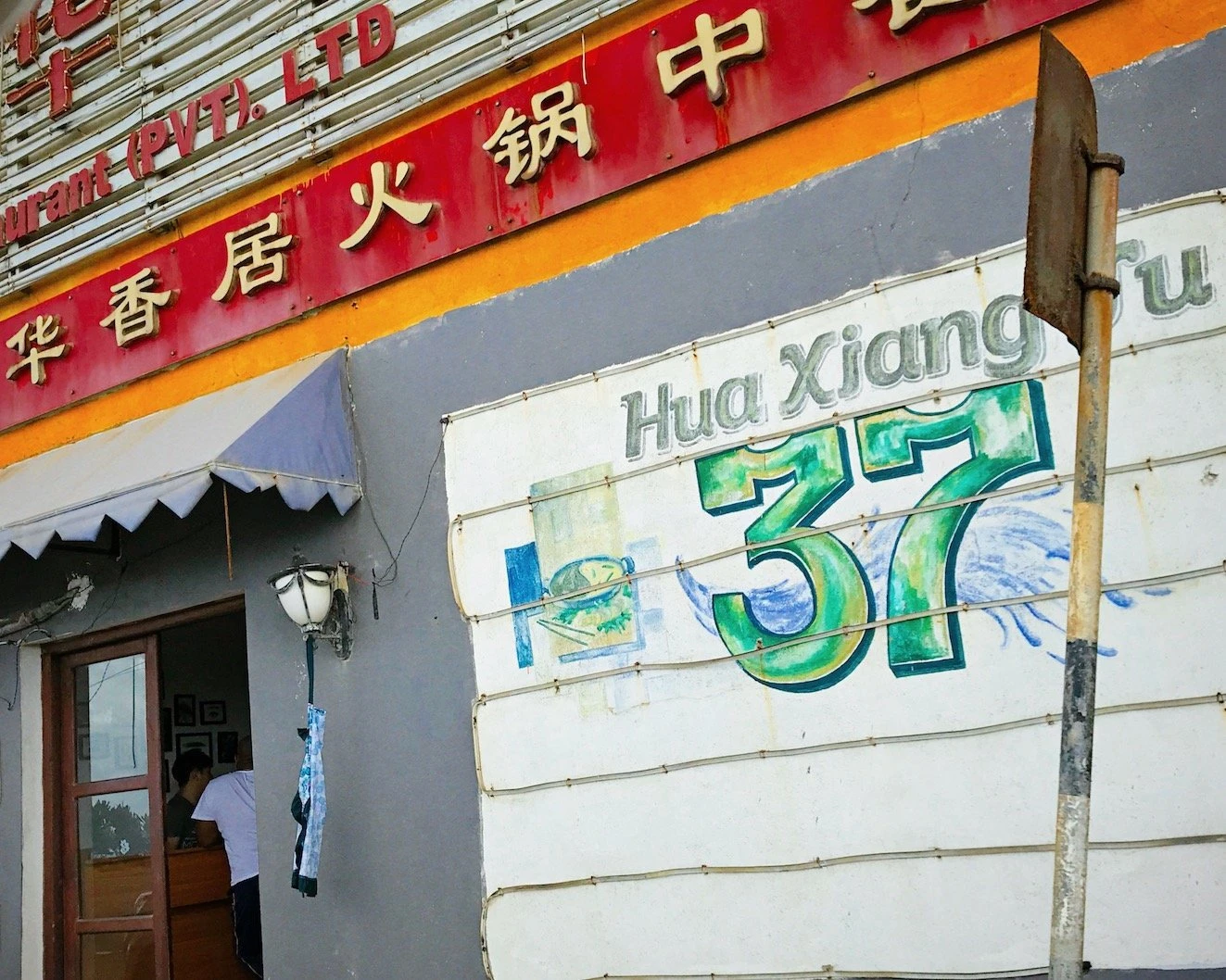
As part of its Old World building exercise, China has also promptly connected its two investments (at Colombo and Hambantota) with a wide, beautiful highway that is in stark contrast to other, mostly unkempt, roads in the country. Real estate and commerce are China’s main interests – for now anyway. As Peter Dutton, the director of the China Maritime Studies Institute at the US Naval War College, points out, ‘Both in theory and in practice, military power follows commercial interest’. Despite Sri Lanka’s insistence that all harbour activities must be approved by their government, the fact remains that the Colombo and Hambantota ports can potentially serve as strategic naval bases for China should it ever get into an altercation with India.
Commercially successful Chinatowns have begun popping up all over Sri Lanka in locales where the country has its investments. This makes Sri Lanka itself a perfect investment for China: it sets up shop and sends in Chinese labourers and other expats – who, our driver insists, are largely just Chinese tourists coming on tourist visas for three months, then flying back home to renew their visas so they can return to Sri Lanka again. (As we would later find out this is something most locals suspect.) With this isolated bubble of Chinese economy running within Sri Lanka’s own crumbling economy, nearly all Chinese investments are assured to send returns back to the motherland. It is no surprise then that supposedly ‘visiting’ Chinese make little to no effort to mingle with the local population; after all, Sri Lanka is literally their home away from home and the locals do not factor into the equation.
The predominant notion among Sri Lankans is that the Chinese come in for money and cheap land. The visitors are often willing to pay whatever it takes to see their interests through. Nobody can tell just how much of a hold the Chinese have in Sri Lankan bureaucracy, but most locals believe that it is not unreasonable to claim that whatever China has done in the country so far can hardly be done without powerful men inside the government. The Chinese have allegedly been buying bureaucrats and politicians just like they have been buying real estate. Few pause to wonder whether these are blind, stereotypical claims against politicians or plausible ones, because regardless of how China does what it does its effects are visible and tangible.
The answer might lie in drawing comparisons with Chinese activities in certain other countries. Indeed doing so suggests there may, in fact, be another extremely likely reason for this: Sri Lanka owes China $8 billion, opening the door to China’s figurative purchase of the country and its interests. China is not new at this: they had similar leverage over Djibouti and they exploited it earlier this year, building a 750 km railroad for the country and celebrating it as a game changer for the socioeconomic landscape of northeastern Africa. Also on China’s mind are three ports and two airports here, making way for a future trans-Africa trade route connecting the Indian and Atlantic Oceans. Djibouti had loans that drained out 60% of the country’s GDP and China stepped in as a saviour coming in with a diplomatically clever investment worth $4 billion. Sri Lanka, whose loans cost the country an eye-watering 90% of their annual revenue, is in no better a position than Djibouti. Hambantota was, in this sense, a characteristically Chinese investment.
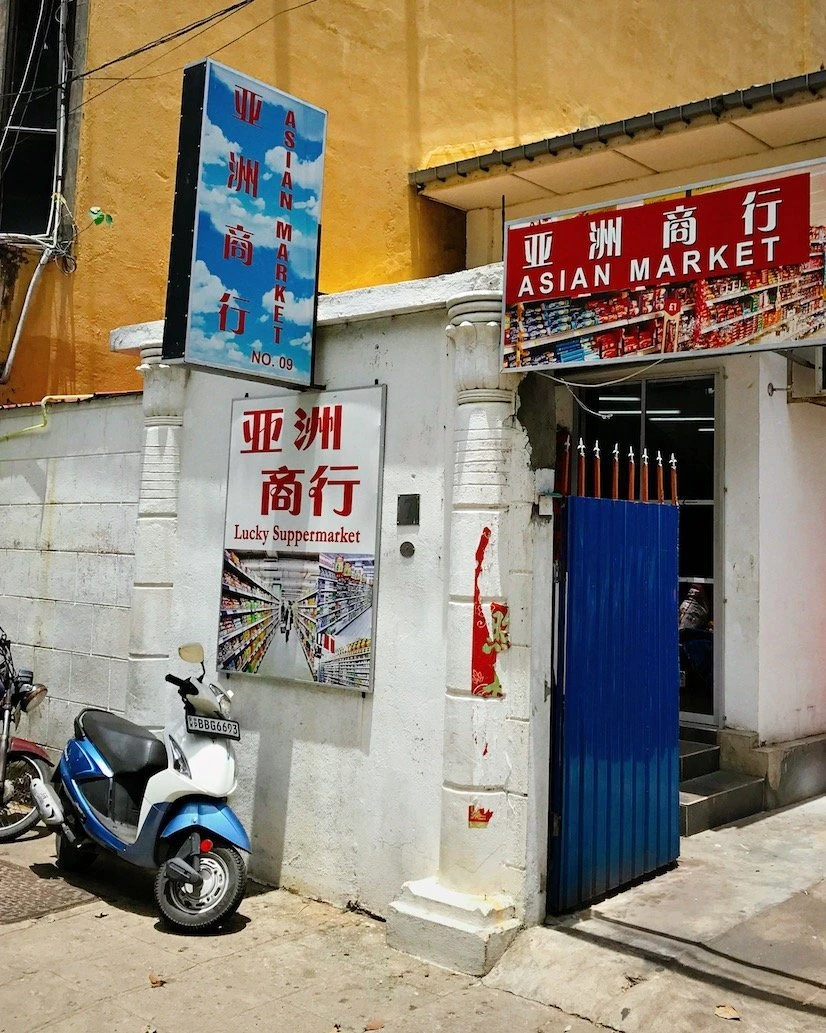
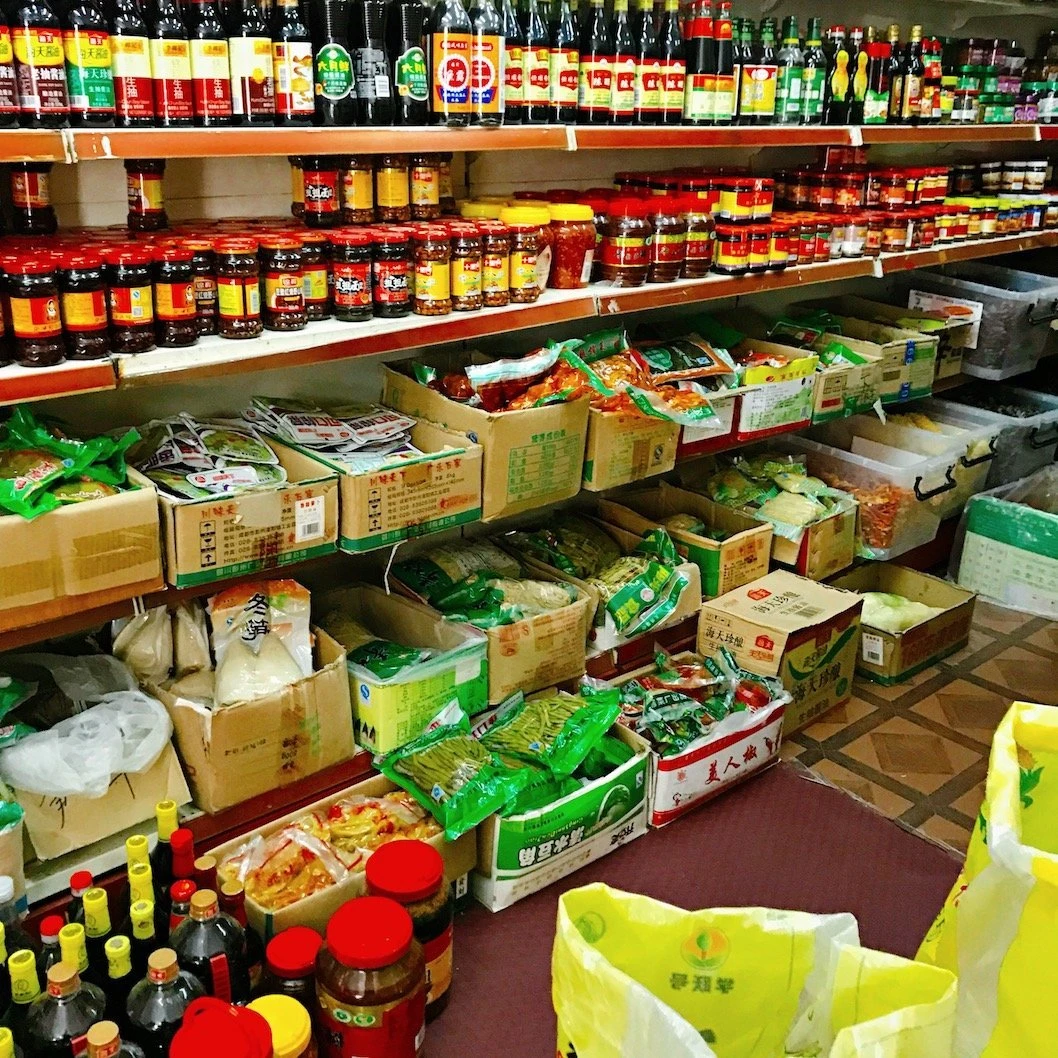
The other reason why countries like Djibouti and Sri Lanka are a good target for China is their physical size: given that Sri Lanka has a population smaller than Beijing, China needs smaller investments (both in terms of monies and importing Chinese workers) to make a mark on the country. The same scale of investment in a larger, more prosperous country like India or France or Germany would simply go unnoticed and would hardly affect the host country in any way. To do that, China would have to gamble a lot more than just $8 billion. Now too, just as it has always been historically, smaller countries, unless they are unimaginably rich – à la Luxembourg – are more vulnerable to the economic, political and ideological nudges of richer, larger and more prosperous foreign interests.
‘And we’re soon going to be China–Lanka’, said our driver at the end of our trip across town. We laughed, but it was no joke. Getting out of the tuk-tuk, there was only one question on our minds: why is India not in this country? With all the common ground shared between our two countries, India and Sri Lanka need not go out of their way to find a reason for India to work with and in Sri Lanka. It is not that India has never tried (the country offered Sri Lanka $40 million in loans for development in 2016) rather that it has not tried hard enough (China loaned Sri Lanka $440 million that same year).
Of course monetary contributions are not the only way India can grow close to Sri Lanka; there are alternative approaches based on culture and military ties, but, firstly, Memoranda of Understanding, such as those which the two neighbours signed in April this year, are not a solution. Ironically, China is India’s best example to learn from: rather than encourage its enterprises to invest in existing markets, China has created a market in Sri Lanka for Chinese businesses who will promptly pay back their dues to their parent country.
Secondly, India has the habit of taking a notoriously weak stance on several issues, perhaps burdened by its historic, once valid, belief in non-alignment. China, by contrast, makes its voice heard on the international stage and, in turn, makes itself appear like a more reliable companion to smaller countries. Sri Lanka too, like Djibouti, experienced this when China stopped the UN Security Council from addressing the former president Mahinda Rajapaksa’s offensive against the Liberation Tigers of Tamil Elam (LTTE), a brash decision that would end up costing the lives of nearly 20,000 civilians.
Thirdly, it is not Sri Lankan profligacy that has brought China into the picture, it is China’s own proactive approach to further its interests. India has been watching from the sidelines while China builds for itself a strong, future-proof position that, at its best, feeds off Sri Lanka’s economy like a parasite, and, at its worst, holds Sri Lanka’s economy to ransom.
In the end, it is just as much the meek responses (or sometimes the inaction) of India and the West that have let China grow unchecked. In both the cases of Djibouti and Sri Lanka, officials cited this as the only reason they turned to China for support. Sri Lanka’s All-Party Representative Committee Chairman Tissa Vitarana told U.S. officials, ‘We have the United States to thank for pushing us closer to China’. And, as Aboubaker Omar Hadi, the chairman of the Djibouti Ports and Free Zones Authority, rightly said, ‘We approached the U.S. and they didn’t have the vision … The Chinese have vision’. But whom this vision benefits besides China is always worth questioning – and India hopefully responds before the country’s belts and roads encircle and suffocate India.